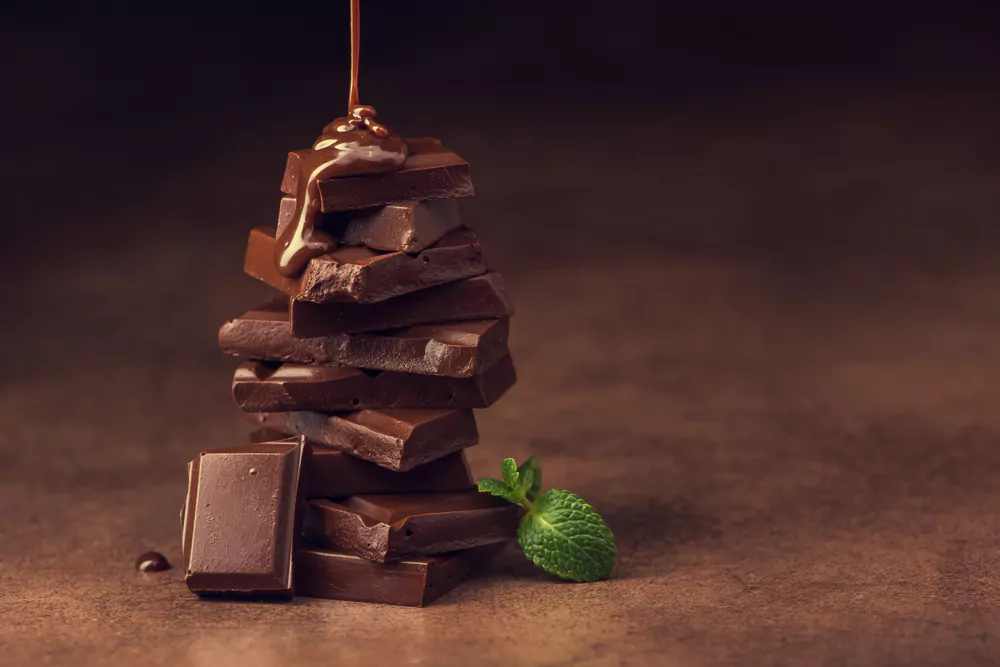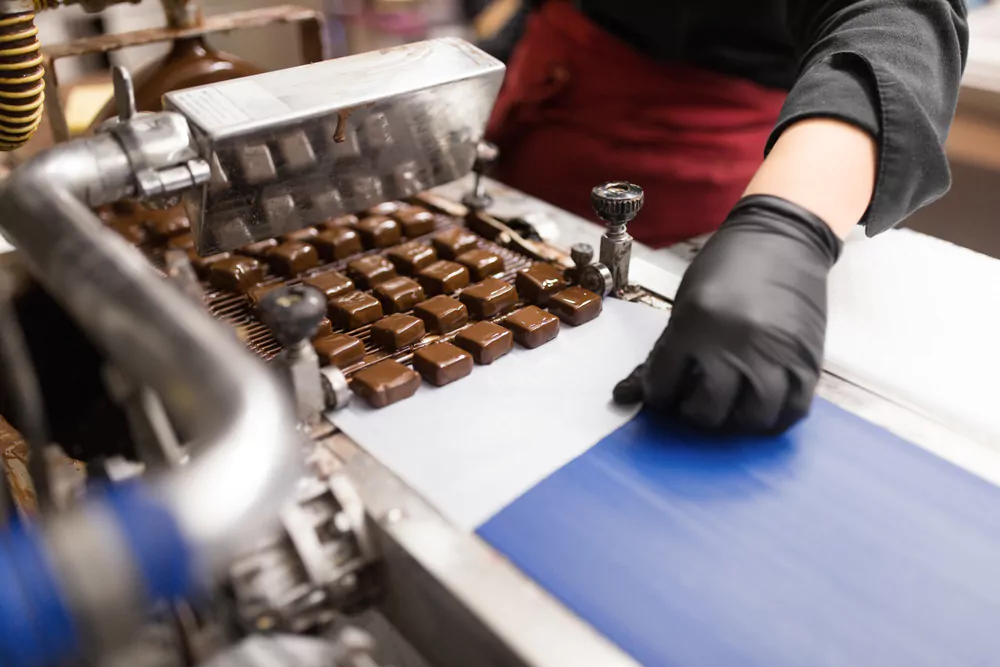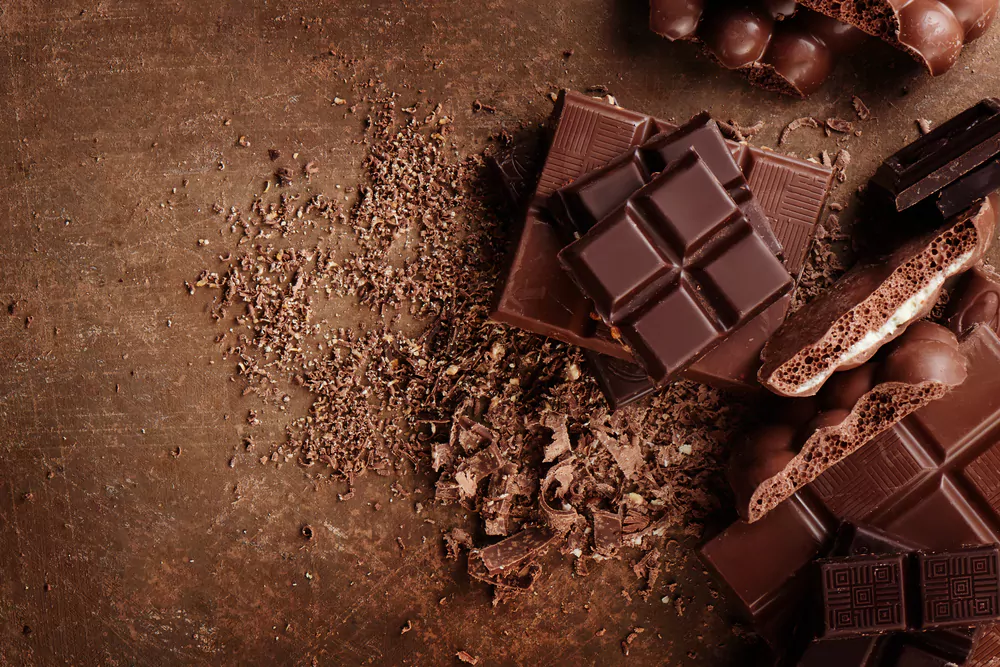The Sweet Temptation: The Story of the Milk Chocolate Bar

Chocolate. Just the word itself can conjure up vivid images and sensual delights. From the luxurious taste of a smooth truffle melting in your mouth to the simple pleasure of a crisp, sweet chocolate bar, few foods capture our collective fascination like chocolate. Today, let’s narrow down our focus and delve into the realm of the milk chocolate bar. We will explore its origins, production process, popular variants, and even its nutritional implications.
1 The Birth of Milk Chocolate
The origins of the chocolate bar can be traced back to the mid-19th century. However, the star of our story, the milk chocolate bar, did not make its grand entrance until the latter part of the century.
In 1875, a Swiss confectioner named Daniel Peter, aided by his friend Henri Nestlé, a successful milk processor, added condensed milk to his chocolate recipe, birthing the first milk chocolate. This was a game-changer. It not only softened chocolate’s often bitter taste but also introduced a creaminess that took the chocolate experience to a whole new level.
2 The Milk Chocolate Production Process

Understanding the production process will give you a greater appreciation of your beloved milk chocolate bar. The process can be broken down into seven stages.
- Harvesting: The process begins with cacao trees, which produce pods containing cacao beans. These are harvested manually with a machete.
- Fermentation: The beans are then placed in shallow containers and left to ferment for a few days. This critical step helps develop the beans’ flavor.
- Drying: The fermented beans are spread out to dry in the sun, a process that can take up to a week.
- Roasting: The beans are then roasted in large ovens at temperatures between 250 and 350 degrees Fahrenheit. This develops the unique chocolate flavor further.
- Cracking and winnowing: After roasting, the beans are cracked open, and the shells are separated from the nibs. The nibs contain the actual ‘chocolate’ material.
- Grinding: The nibs are ground to extract the cocoa butter, resulting in a thick paste known as chocolate liquor.
- Mixing and conching: The chocolate liquor is then mixed with milk and sugar, the mixture is then ‘conched’ or ground for a long time until the desired smoothness is achieved.
- Tempering and molding: Finally, the chocolate is tempered to give it a shiny finish and an even texture. It is then poured into molds, cooled, and solidified to form chocolate bars.
3 Popular Variants of Milk Chocolate Bars
Nowadays, milk chocolate bars are not limited to the simple combination of cocoa, milk, and sugar. They come in a wide range of varieties, introducing different flavors and textures.
- Fruit and Nut Chocolate Bars: These popular variants include dried fruits such as raisins and various nuts like almonds and hazelnuts.
- Caramel Filled Chocolate Bars: These bars contain a soft, sweet caramel center, providing a delightful contrast to the firm chocolate exterior.
- Wafer Chocolate Bars: These contain thin, crispy wafers that add a crunch to the smoothness of the chocolate.
- Mint Chocolate Bars: Infused with a refreshing mint flavor, these bars are a favorite among many chocolate enthusiasts.
4 Unique Ways to Enjoy Milk Chocolate Bars

While the milk chocolate bar is delectable in its simple form, there are numerous innovative ways to elevate its enjoyment.
- Chocolate Fondue: Melt the milk chocolate bar and use it as a decadent dip for fruits, marshmallows, or cookies.
- Baking Ingredient: Milk chocolate bars can be used in numerous baking recipes, from chocolate chip cookies to brownies and cakes. They can be melted into batters or chopped into chunks.
- Hot Chocolate: For a rich and creamy hot chocolate, try melting a milk chocolate bar into warm milk.
- Chocolate-covered treats: Melt a milk chocolate bar and use it to coat your favourite snacks. This works great with nuts, fruits, and pretzels.
- S’mores: Use a square of a milk chocolate bar in your next s’more for an extra-indulgent treat.
5 The Nutritional Implications of Milk Chocolate
While milk chocolate bars are undeniably tasty, they are also high in sugar and fat. According to the USDA, a 100-gram milk chocolate bar contains around 535 calories, 59 grams of carbs (mostly from sugar), 30 grams of fat, and 8 grams of protein.
While the cacao in chocolate does provide some health benefits, such as antioxidants and a mild mood-lifting effect, these benefits are often outweighed by the high sugar and fat content. Therefore, as with any other sweet treat, milk chocolate bars should be consumed in moderation.
However, the market has seen an increase in healthier alternatives. Dark chocolate, with a higher percentage of cocoa, has less sugar and offers more health benefits due to the higher concentration of antioxidants. There are also milk chocolate bars sweetened with sugar substitutes for those monitoring their sugar intake.
6 Conclusion

The humble milk chocolate bar is a testament to the power of innovation. What started as a bitter drink consumed by ancient Mesoamerican civilizations has evolved into one of the most loved treats worldwide. Behind every bite of your favorite milk chocolate bar is a long journey from cacao tree to your taste buds – a journey filled with artistry, science, and a lot of passion. Enjoying a milk chocolate bar is not just a sensory experience but a rich tradition connecting us to centuries of innovation. So the next time you savor a milk chocolate bar, take a moment to appreciate the remarkable story it tells.
From its delicious versatility to the intricate process behind its creation, the milk chocolate bar remains a firm favorite. Whether it’s a mid-afternoon snack or a treat at the end of a long day, the milk chocolate bar provides a moment of sweet, creamy comfort. While it’s essential to consume these delights with consideration for our health, the happiness derived from a good milk chocolate bar is undeniable. Happy indulging!
Community Q&A
About This Article
Hardik Jethva is an experienced author of the BestCheck family. Working from scratch, he has developed an amazing interest in testing and writing about different products in a transparent manner. His writing skills got more audience for BestCheck. Apart from his professional life, Hardik has his eyes on travelling, meditation, eating healthy food, socializing with people, and car rides.
This article has been viewed 457 times.



